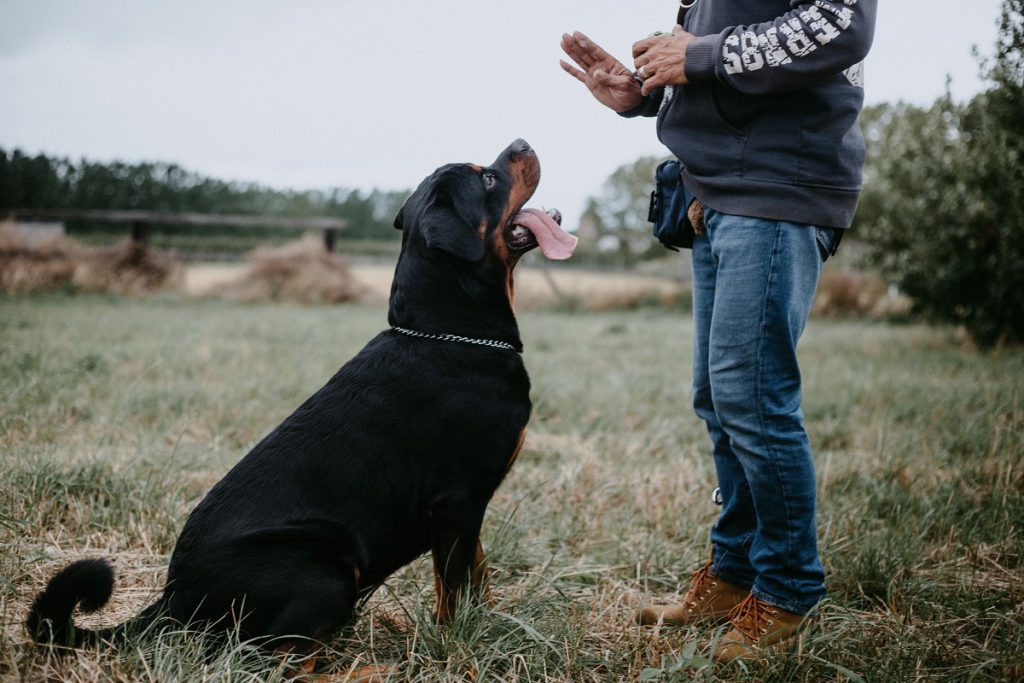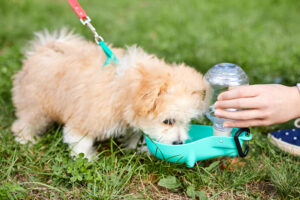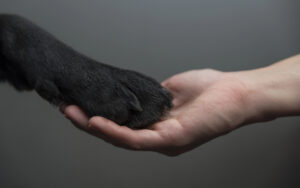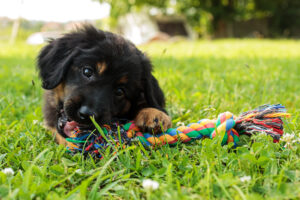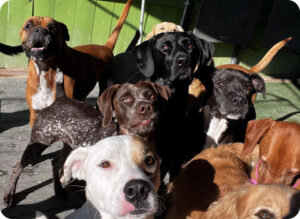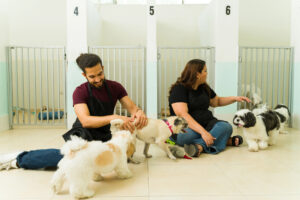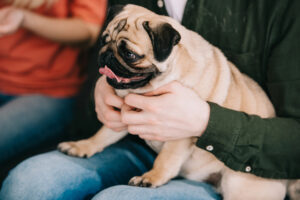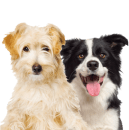Training a dog, whether a new puppy you’ve just brought home or your dog that you’ve had for years who has developed some habits that need changing, is never easy. Even with the best dog, training takes a lot of time and patience and can be difficult, so we’ve listed some tips that we hope will make the process easier for both you and your dog!
Tips to Keep in Mind Before You Start Training
 The first and most important dog training tip is to begin training your dog as soon as possible. This usually means beginning to train your dog as soon as you bring him home. All of your interactions with him will set a foundation for future habits and you should keep that in mind when interacting with your dog so that you only reinforce good habits and don’t unintentionally create bad ones.
The first and most important dog training tip is to begin training your dog as soon as possible. This usually means beginning to train your dog as soon as you bring him home. All of your interactions with him will set a foundation for future habits and you should keep that in mind when interacting with your dog so that you only reinforce good habits and don’t unintentionally create bad ones.
In addition to this, we also understand that dog training can seem like a huge task to take on when you’re first starting, but breaking down your training into small steps will make it more manageable. Just focus on teaching your dog one command at a time, rather than trying to get your dog to learn everything all at once.
It may also help to take your dog to an obedience school before you begin training in order to set a strong foundation that you can then build on while training at home.
Most professionals agree that positive reinforcement is the best method for successful dog training. It keeps the relationship between you and your dog positive and ensures that training is fun for your dog. Positive reinforcement also plays to your dog’s natural desire to please you, making him more responsive and bonded to you.
Avoid using no in your dog training. While there’s nothing particularly wrong with telling your dog “no”, in order to correct his behavior, he’ll need more information. Simply saying “no” doesn’t tell your dog what he should be doing, simply that what he’s doing is bad. This could be confusing for your dog. Instead of saying “no”, clearly tell your dog what you want him to do instead. For example, if your dog jumps up on you or someone else, ask him to sit. This shows him that you don’t want him to greet people by jumping and gives him a clear idea of what he should do instead.
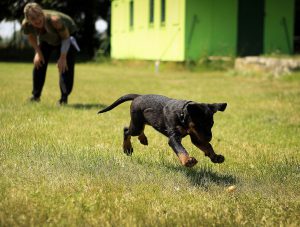 You should have a realistic expectation of how long it will take your dog to learn new commands or change his habits. This is especially important if your dog has had habits for years that you’ve now decided to try changing. You also need to keep in mind that the behaviors that come naturally to dogs, such as barking, digging, and jumping will be the most difficult behaviors to train out of them, so patience and consistency will be key.
You should have a realistic expectation of how long it will take your dog to learn new commands or change his habits. This is especially important if your dog has had habits for years that you’ve now decided to try changing. You also need to keep in mind that the behaviors that come naturally to dogs, such as barking, digging, and jumping will be the most difficult behaviors to train out of them, so patience and consistency will be key.
It may also help to remember that, whether intentionally or unintentionally, if your dog is exhibiting behavior you don’t approve of, you’ve probably reinforced it before. For example, if your dog barks to ask you to play with him and you decide to play with him so that he’ll stop barking, you’ve now reinforced that barking will get him what he wants. Because of this, you shouldn’t be too upset with your dog for his bad behavior.
When you bring your new dog home, avoid giving him too much freedom in your home too soon. Too much freedom can lead to accidents and destruction of furniture or other items. The best thing you can do is to keep your dog in the same room as you, his crate, or an area that’s safe for him until you’re confident that he’s well trained enough to wander the house on his own.
Prepping for Basic Dog Training
Make sure that you’re starting your dog training sessions when your dog is well-rested, especially if he’s a puppy. This will ensure that he has enough energy to get through the session and will be able to pay attention.
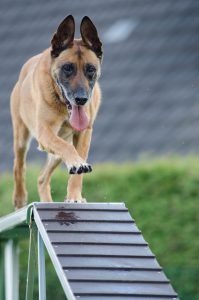 Your dog should also be excited to begin his training session, but not too excited because this will make it difficult for him to focus. To further make sure that he’s able to focus on training, make a potty trip right before you begin.
Your dog should also be excited to begin his training session, but not too excited because this will make it difficult for him to focus. To further make sure that he’s able to focus on training, make a potty trip right before you begin.
To begin, your dog training sessions should take place in a distraction-free environment that is familiar to your dog, so he won’t be distracted by wanting to explore a new place. Of course, you’ll eventually want to have your dog training sessions in new spaces with potential distractions so that you can get your dog used to focusing on you, but this would be overwhelming for your dog’s first training sessions.
You should also have toys readily available so that you can give your dog play breaks from training. A short game of tug-of-war or fetch will allow your dog to burn through some energy if he gets too excited and you can get back to training after the play break with a dog that’s ready to focus.
Basic Commands to Start Your Dog Training
Some of the most basic commands that are easy to start with and are commands that most dogs should learn at some point, include heel, sit, stay, and come. You may want to start your dog training with these commands.
Sit
Sit is a very simple command that shouldn’t be too difficult to teach to your dog. Start by holding a treat toward the back of your dog’s head and say “sit” along with his name. Usually, dogs will sit without much more prompting necessary, but if your dog doesn’t sit, lightly touch his butt while saying “sit” and his name. When he sits, reward him with praise and treats.
Heel
To train your dog to heel, start with him at your left knee. Keeping the leash in your hand, begin walking with your left foot first, giving the “heel” command and using your dog’s name as you walk. Use treats and positive reinforcement to reward your dog when walks correctly. If he has trouble getting the hang of it, simply give the leash a gentle tug, bringing him back into position, and start over.
 Stay
Stay
Stay is a command that you should teach your dog once he’s mastered sit. While he’s in the sitting position, stand in front of him, show him your open palm and say “stay” and his name. Then, keeping eye contact, leave him in the stay position for 30 seconds. After this, release him by saying “Okay.” Work on having your dog keep the stay position for longer periods of time as you move further away.
Come
Once the stay command is mastered, you can move on to “come.” Start with your dog in the sit position and hook a non-retractable leash to your dog’s collar. Pull gently while saying “come” and your dog’s name. Remember to watch your tone while doing this, as you’ll want to call your dog with a happy, excited voice. When your dog comes toward you on your command, reward him with praise and treat.
Further Dog Training Tips
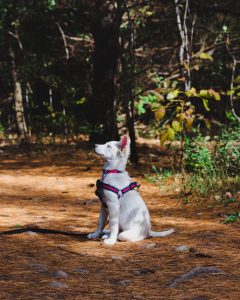 Keep in mind that in order to keep your dog training as efficient as possible, you’ll need to do whatever you can to avoid confusing your dog. One way to do this is to always use the same short word, such as “stay”, “sit”, or “heel” along with his name every time you practice a command.
Keep in mind that in order to keep your dog training as efficient as possible, you’ll need to do whatever you can to avoid confusing your dog. One way to do this is to always use the same short word, such as “stay”, “sit”, or “heel” along with his name every time you practice a command.
Everyone in your household who will be giving your dog commands should also be involved in his training sessions, in order to ensure that everyone is on the same page. If one person tells him “off” when he jumps up on people, but someone else is saying “down”, or worse, if someone else simply lets him jump with no consequences, this will make your dog training sessions useless and confuse your dog. Consistency is one of the most important parts of dog training, so making sure your dog is getting the same commends from everyone he lives with will be the key to your success.
You should also aim for short dog training sessions. Dogs tend to have short attention spans, so training for too long will be difficult for your dog, especially if he’s a puppy. Your sessions should only last about 10-15 minutes each, and you can train multiple times throughout the day if you feel it’s necessary.
Fon’s Canines is Here to Help!
If you are in the San Diego area and looking for quality pet care services such as dog grooming, boarding, or dog training, you can rely on Fon’s Canines. Call 858-799-0606 or email contact@fonsdogtraining.com — Fon’s Canines has you covered! We will be happy to help you with your pet care needs.




